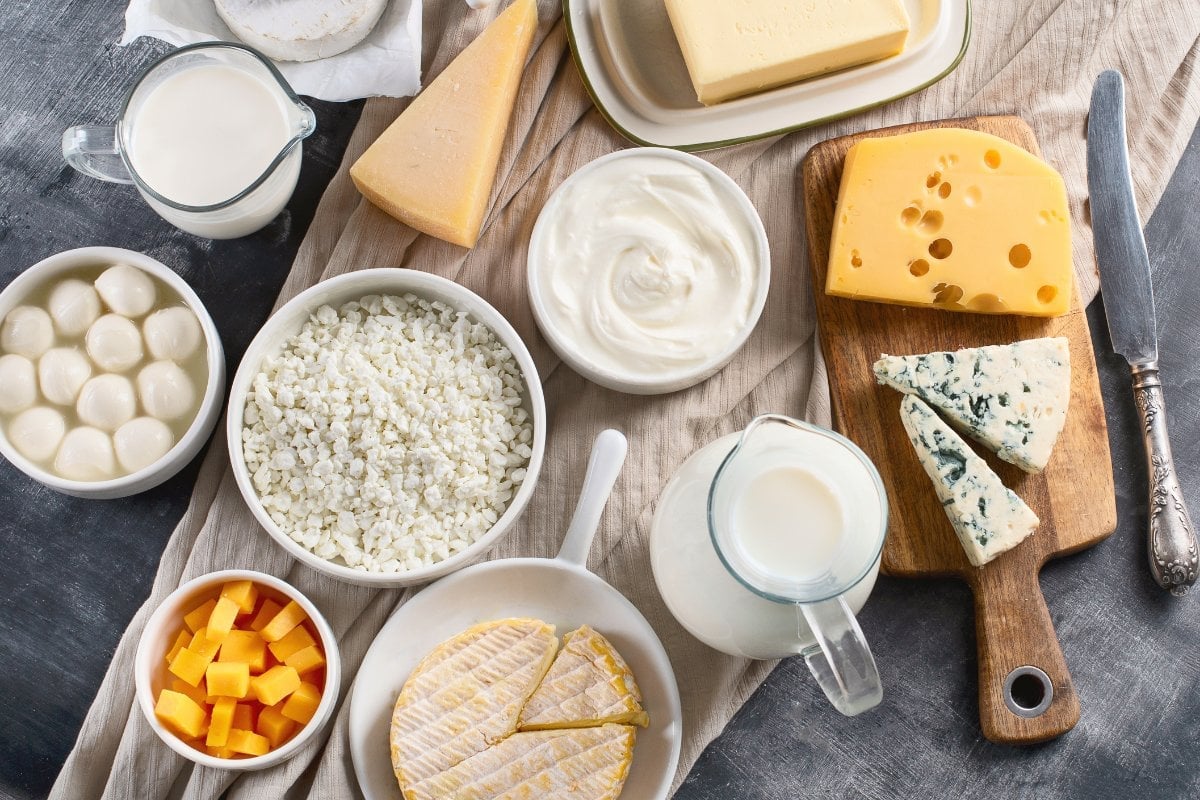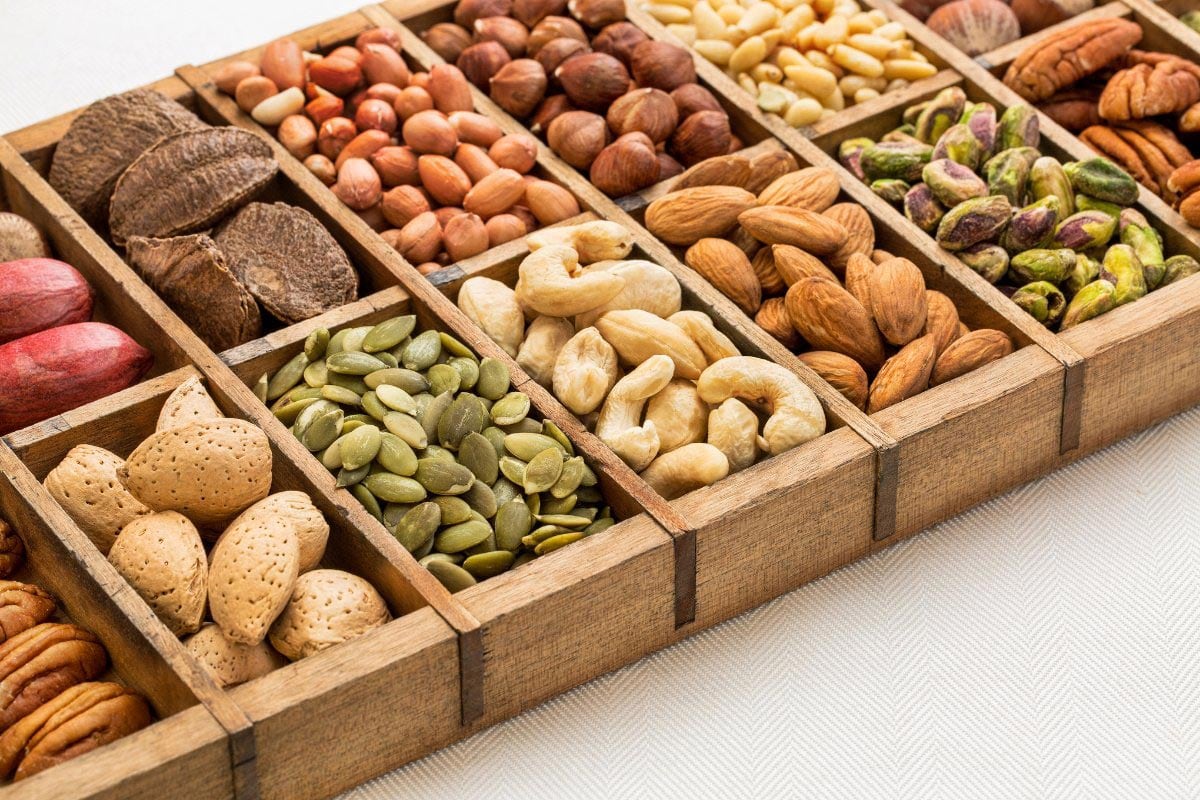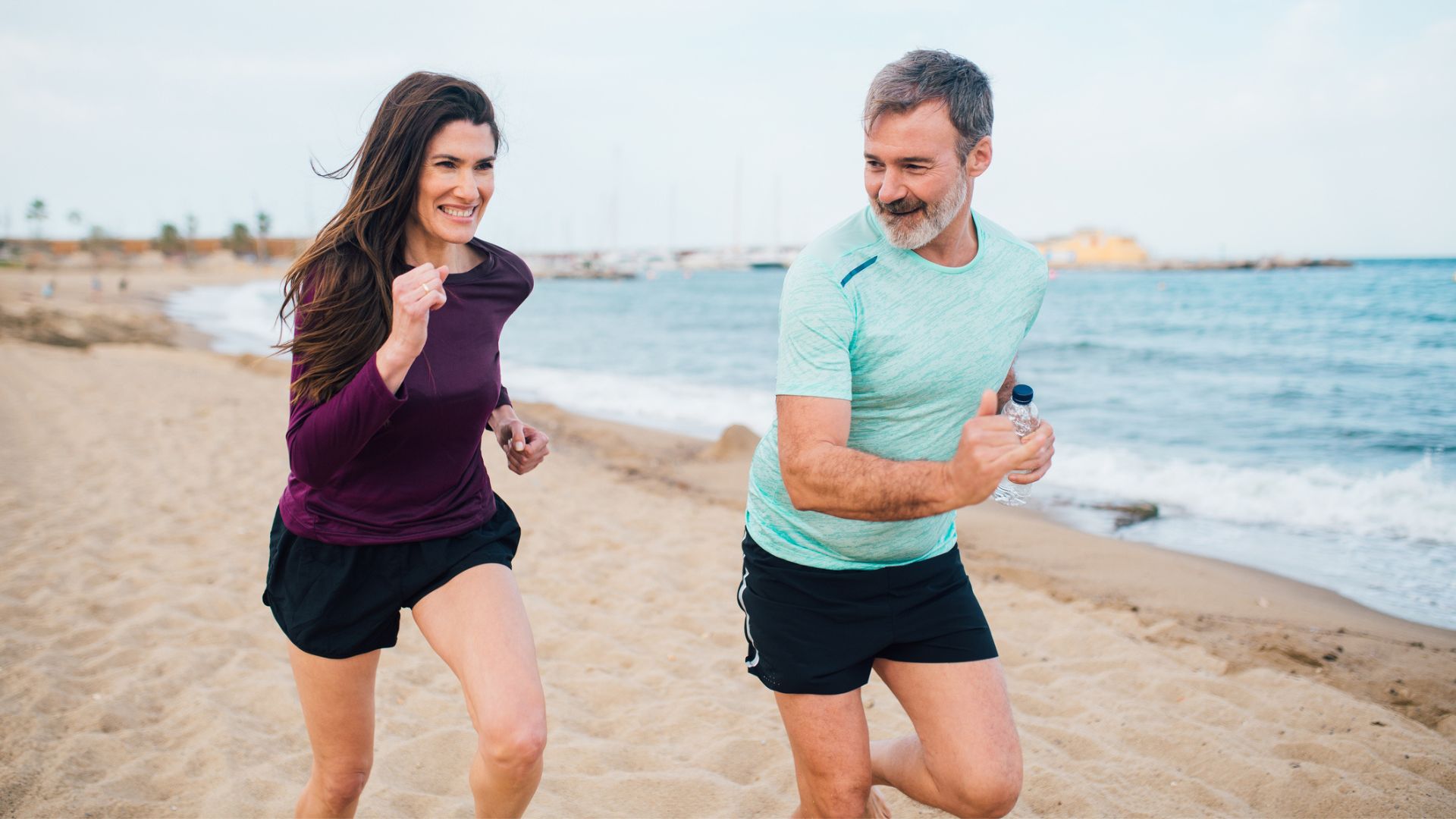How To Increase Protein Intake For Vegetarians
HurryTheFoodUp is reader-powered. If you click through using links on our site we may earn a small commission at no cost to you.
This new study and this article from Forbes strongly suggests a correlation between low-protein diets and weight gain.
“Those eating low levels of protein in the first meal ate more at subsequent meals and tended to eat more energy-dense processed foods high in saturated fats, sugars, salt or alcohol, the researchers found”
I’ve been hammering this message home for years.
Although it can seem complicated, there are several hacks that make getting enough protein easier than ever.
Here are three simple high-protein hacks to get more protein:
1. Add it to your morning rush


Do you wolf down a bowl of cereal in the morning? Add oats to it! If that seems alien to you, just decrease the cereal by a spoon or two, and replace it with oats.
You can do this over a period of days or weeks as you get used to it, adding a few more oats each time.
The protein and fiber will keep you feeling full and satisfied for far longer, and I promise you won’t go back to how it was before!
It also works really well with kids. I added oats to my kid’s cereal as soon as they started eating it – and they’ve never known anything different.
Needless to say they still love their morning cereals.
2. Go wholegrain


I know, not everyone likes wholegrain. The taste, the texture, it’s just not quite the same, right? So meet halfway!
Next time, before cooking, take out a handful of refined white pasta, and replace it with wholegrain.
Next time, two handfuls.
Soon you’ll be at 50/50 and you’ll get all that great taste plus all the added health benefits from wholegrain (and there are many).
I’ve been doing this for years and everyone loves their pasta dishes. As long as you get the rest of the ingredients and flavours right, nobody will ever know…
3. Swap full fat for low fat


Gone are the days when low fat cheese or dairy tasted like old shoes.
Advancements in technology mean it is far more delicious than it was before.
Lower fat means fewer calories, and usually, far more protein. Double win here.
That’s why we’ve spent the last two years upgrading our weight-loss recipes to feature lower-fat, higher-protein ingredients but still taste just as good.
You can get full meal plans made of these ingredients right here.
Start adding these simple tricks to your diet and I guarantee you’ll get results.
From feeling more full to craving less often, high-protein recipes will fire up your healthy weight loss better than ever before.
If weight loss (and adding more protein to your diet) still seems confusing to you, then you can also grab our weekly ready-made meal plans (complete with shopping list).
Vegetarian protein sources
How to get protein in a vegetarian diet with minimal effort? Here are the best protein-rich foods for vegetarians.
Eggs and dairy


Eggs, milk, yoghurt and cheese are great sources of protein for lacto-ovo-vegetarians. Dairy products are also rich in calcium playing a significant role in bone mass maintenance.
For eating a balanced diet, NHS recommends going for lower fat and lower sugar products, like skimmed milk and low fat yogurt (just like described in our vegetarian protein hacks above).
Let’s also dedicate a special shoutout to the health benefits of eggs! They’re rich in selenium, phosphorus, choline, vitamin B12 and multiple antioxidants.
One egg provides 6 grams of complete proteins with all nine essential amino acids.
Pulses
If you’re looking for plant-based protein sources, pulses are the key to boosting your daily protein intake. They’re especially important for vegans who don’t eat any animal-based foods.
Pulses are edible seeds from legume plants, including chickpeas, lentils, beans and peas. Here are some of my kitchen staples:
- Lentils
- Chickpeas (garbanzo beans)
- Black beans
- Kidney beans
- Green peas
- Cannellini beans
- Runner beans
- Pinto beans
Studies suggest consuming at least half a cup of cooked pulses (~100g) a day for health benefits. In addition to protein and fiber, they’re also a great source of iron, zinc, folate, and magnesium.
Mycoprotein
Mycoprotein is mainly used as a meat substitute in a vegetarian and vegan diet. It’s an ingredient derived from a type of microfungus Fusarium venenatum.
This plant-based protein is used in brands like Quorn.
Cereals and quinoa


Wheat, oats, rice, maize (corn), barley, sorghum, millet and rye apart from being recognised as the most important sources of carbohydrates, also provide a notable amount of proteins.
Quinoa isn’t a cereal grain but it’s often called a “pseudocereal” or “pseudograin” owing to its similar nutritional profile.
Choose whole grains instead of refined grains for more dietary fiber, B vitamins and iron. Brown rice, wild rice, whole wheat bread and pasta are some common examples.
Seitan
Seitan can be an amazing addition to a vegetarian diet. It’s a type of meat substitute made of wheat gluten.
You can find it in most grocery stores today or even make it at home with vital wheat gluten and liquid. Some recipes call for nutritional yeast, soy sauce and seasonings.
Seitan often takes the spotlight at my BBQ dinners, transforming into delectable ribs, nuggets, and skewers.
Nuts and seeds


Nuts and seeds are my favorite type of portable snack. They’re calorie-dense so only a small handful is enough to get you going.
Almonds, walnuts, cashews, hazelnuts, pistachios and other tree nuts are all good sources of protein which go with almost all meals.
Peanuts, despite being technically classified as legumes, are recognised among the highest protein nuts, providing 23 grams of protein per 100-gram serving.
Like nuts, most seeds are rich in protein, healthy fats and fiber. Here are some of the healthiest seeds you can add to your snack plan:
- Flaxseeds
- Chia seeds
- Hemp seeds
- Sesame seeds
- Pumpkin seeds
- Sunflower seeds
Some seeds like flaxseeds, chia seeds and hemp seeds are rich in omega-3 fatty acids.
Soya
Soya, or soybean, is a type of legume used in a wide range of foods:
- Soy milk
- Soy yoghurt
- Tofu
- Tempeh
- Edamame
- Miso
- Soy sauce
- Soybean oil
Soya beans are an excellent source of protein, fiber, vitamins (such as B vitamins), and minerals (such as iron and potassium).
They also contain all the essential amino acids, which your body can’t make on its own, making them a complete protein source.
This is an important consideration for a plant-based diet where you can’t get these compounds from animal protein.
Protein powder


You can also meet your daily protein requirements by adding protein powder to your meals.
It’s a convenient and concentrated source of high-quality protein which can be especially beneficial to vegetarian athletes with increased protein needs for muscle growth and recovery.
Protein powders are available in a variety of types, such as whey, casein and plant-based protein powders made from peas, soy or hemp.
You can also try different flavors, with ‘cookies and cream’ being my recent favorite.
You can scroll through this compilation of protein powder recipes to see what I love making with protein powder.
High protein vegetarian meals
The recommended dietary allowance (RDA) for protein is 0.80 g/kg body weight/day.
You should get 10-35% of your calories from protein. For example, if you eat 2000 calories a day, at least 200 of those should come from protein, meaning at least 50g of protein a day.
However, you should also take into consideration your activity level, age and health status. You can use this online calculator to figure out your individual requirements.
Here are some meal ideas that can help you meet your nutritional needs on a vegetarian diet:
High protein meal plan 1
Breakfast
Vegan tofu scramble (23g protein)
Lunch
Tangy veggie wrap (21g protein)
Dinner
Vegan lentil bolognese (26g protein)
Snacks
Protein shake with water (23g protein)
1 piece fruit of choice (1g protein)
Daily total: 94g protein (70g main meals + 24g snacks)
High protein meal plan 2
Breakfast
High-protein overnight oats with kiwi (23g protein)
Lunch
Asian-style egg muffins (25g protein)
Dinner
Healthy mac and cheese (28g protein)
Snacks
Cottage cheese cheesecake with raspberries (12g protein)
1 piece fruit of choice (1g protein)
Daily total: 89g protein (76g main meals + 13g snacks)
More tips for getting protein in a vegetarian diet
If you’ve been through all vegetarian protein hacks but still struggle with the protein content of your meals, here’s what to try:
- When hunger strikes, opt for snacks that contain at least 5g of protein. Mixed nuts, Greek yogurt with fruits, or hummus with veggies are my top-tier choices.
You can also check out this compilation of vegetarian high-protein snacks for more creative and healthy ideas.
- Top your morning cereal or pancakes with nut butter or seed butter. You can also make delicious peanut butter stir fry for lunch or dinner.
- If I had to rate my favorite vegetarian protein sources, eggs would be high on the list. Add an egg to your meal for an extra 6-7 grams of protein.
- If you’re making a soup or a stew, make it heartier with some beans and legumes. Check out this bean stew with 22g protein for some inspiration!
- Don’t skip breakfasts! You can find many high-protein breakfast ideas that are easy to make, from eggs and pancakes to delicious protein overnight oats.
- Make sure your sweet treats have some protein too. Try these high-protein desserts for breakfast to satisfy your sugar fix.
- Protein is just one of the many essential nutrients that your body needs. Don’t forget to eat plenty of vegetables and fruits, which can still contribute to your protein intake.
If you need more meal ideas, check out these vegetarian high-protein lunches, and don’t miss out on some tasty protein-packed dinners.
How to increase protein intake for vegetarians FAQs
The best ways for a vegetarian to get protein are through soy products, legumes, whole grains and quinoa, dairy products, eggs, nuts and seeds.
Protein powder can also help meet your daily requirements.
If your daily requirement is 100 grams of protein, you have to make sure each meal has at least 25 grams of protein with snacks in between.
You can reach this goal by including protein-rich foods like eggs and dairy, beans and legumes, whole grains, soy products, plant-based proteins like mycoprotein and seitan, nuts and seeds.
You can also increase the protein content of your meals and snacks with protein powder.
The top 5 protein-rich foods for vegetarian diets include:
Soy products (tofu, edamame and tempeh)
Lentils (17.9g protein per cup)
Seitan (75g protein per 100g)
Chickpeas (14.5g protein per cup)
Peanuts (20.5g protein per ½ cup)



